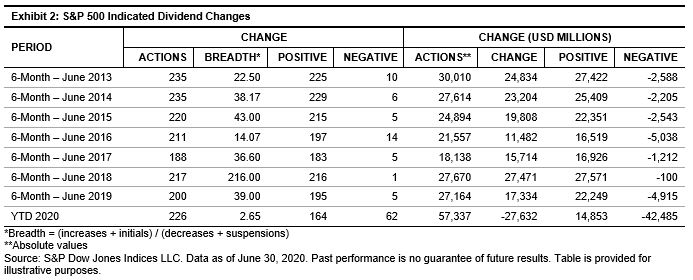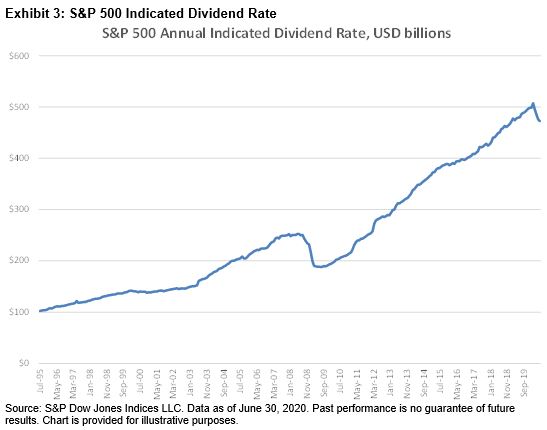Low volatility and dispersion make it harder for active managers to add value. In other words, high volatility and high dispersion environments are expected to favor active managers to demonstrate their skill. In this aspect, March 2020 offered an opportunity to active managers[1] across the world, including in Latin American equity markets. High dispersion and volatility extended through May 2020.
Despite the circumstances, the majority of equity active managers in Brazil and Chile failed to outperform their respective benchmarks in 2020. While the strong performance of Brazil Large-Cap Funds shown in the SPIVA® Latin America Scorecard Year-End 2019 continued in the one- and three-year periods ending May 31, 2020, on a long-term basis, it was not so.

During Q1 2020, Brazil Mid-/Small-Cap Funds outperformed, which could be based on stock selection skill or a style drift across the capitalization scale. Given that over the longer term, a majority (88% for the 10-year period) of Brazil Mid-/Small-Cap Fund active managers were not able to outperform their benchmark, it’s more likely that the Q1 2020 success was due to style drift, incorporating some larger companies in the fund composition.[2]
Asset-weighted returns were generally lower than equal-weighted returns, suggesting that the first quarter was more challenging for larger funds across Latin American countries.

Mixed early 2020 results in the short term highlighted the difficulty of timing the market. For the first quarter, the majority of Brazil Mid-/Small-Cap Funds beat their respective benchmark. In the period from January to May 2020, Mexican equity active funds were the only ones that mostly outperformed their benchmark. Lastly, in the one-year period ending May 31, 2020, the success story was in the hands of Brazil Equity Funds and Brazil Large-Cap Funds.
The results were not just varied in the short term but ephemeral, since in the longer-term 5- and 10-year periods, a majority of actively managed funds underperformed their respective benchmarks across countries and styles.
As volatility remains high and dispersion above average, let’s see if results are more favorable for active managers in the next SPIVA® Latin-America Mid-Year 2020 Scorecard.
[1] Index Dashboard: Dispersion, Volatility & Correlation March 2020
[2] Performance Trickery, Part 3
The posts on this blog are opinions, not advice. Please read our Disclaimers.
























































